Last Updated:
July 30, 2025
Kansas City summers can bring unpredictable weather swings, including blistering heat waves one week and sudden thunderstorms the next. That combination of high temperatures and fluctuating rainfall can leave even the most well-maintained lawns struggling to stay green and healthy.
If your turf seems to wilt at the first sign of hot weather, you’re not alone. These summer lawn care tips are designed for homeowners looking to keep their grass thick and healthy through the challenging Kansas City Summer!
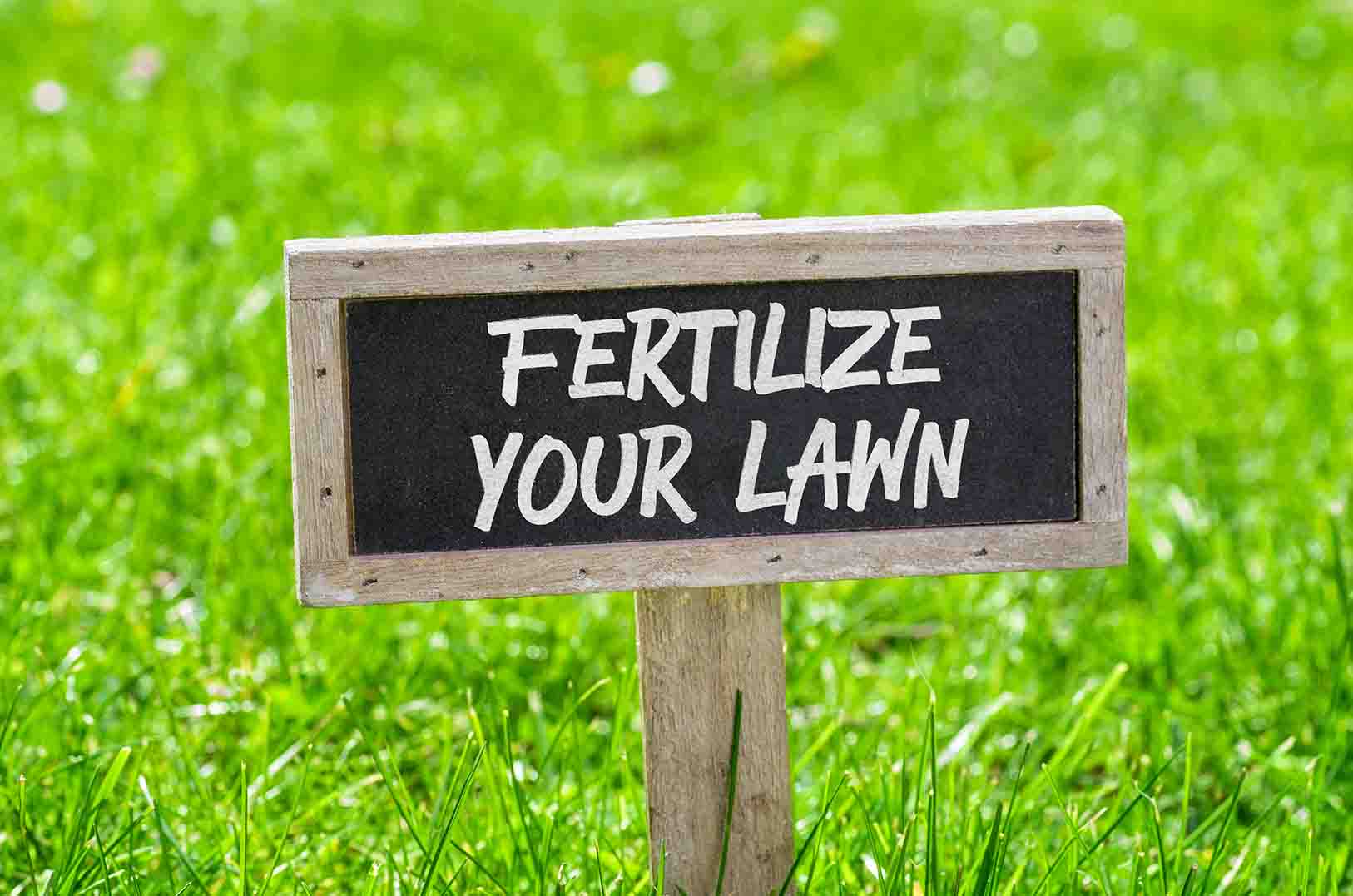
The type of grass growing in your yard will determine how and when to fertilize during the summer months. In Kansas City, we typically see a mix of cool- and warm-season lawns, and they each have different needs once the heat sets in.
Fertilize early in the morning or late in the day to avoid burning your lawn. Always water thoroughly after applying fertilizer to help nutrients soak in and reduce the risk of leaf scorch.

One of the simplest ways to help your lawn hold up in the heat is to raise your mowing height. Cutting your grass too short in summer makes it easier for the sun to dry out the soil and weakens the grass's ability to cope with heat. Taller blades provide better insulation, shading the soil and encouraging deeper roots.
Never remove more than a third of the grass blade at once. Taking off too much at once can shock your turf and leave it vulnerable to pests and disease. Every type of grass has an ideal mowing range, and staying within it helps your turf stand up to stress and improves the overall look and feel of your lawn.
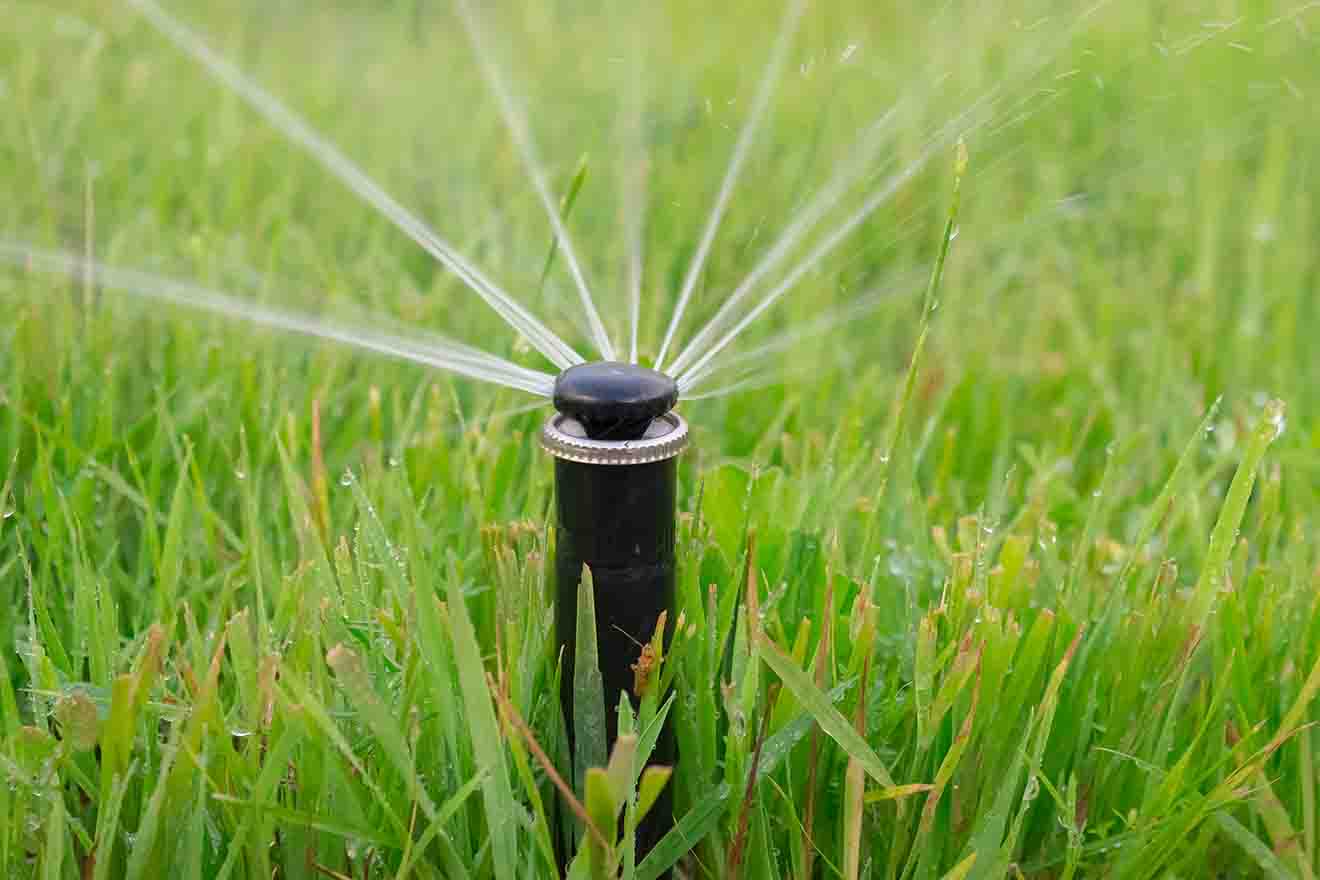
Watering is one of the trickiest parts of summer lawn care in Kansas City. While we do get our share of rain, it’s often followed by long, dry stretches. To make the most of your watering, focus on depth rather than frequency. Shallow, frequent watering creates weak roots. Deep watering encourages grass to root deeper into the soil, making it more drought-resilient.
A rain gauge and a soil moisture probe can make monitoring moisture levels much easier, and smart irrigation systems can also adjust watering based on local weather data.

Weeds and insects love summer just as much as we do, and they’re always ready to take advantage of weakened lawns. Crabgrass, spurge, and dandelions flourish when your turf is under stress, and pests like chinch bugs, grubs, and armyworms can chew through a lawn before you even realize what’s happening. Here’s how to keep weeds and pests in check during Kansas City’s hot, humid months:
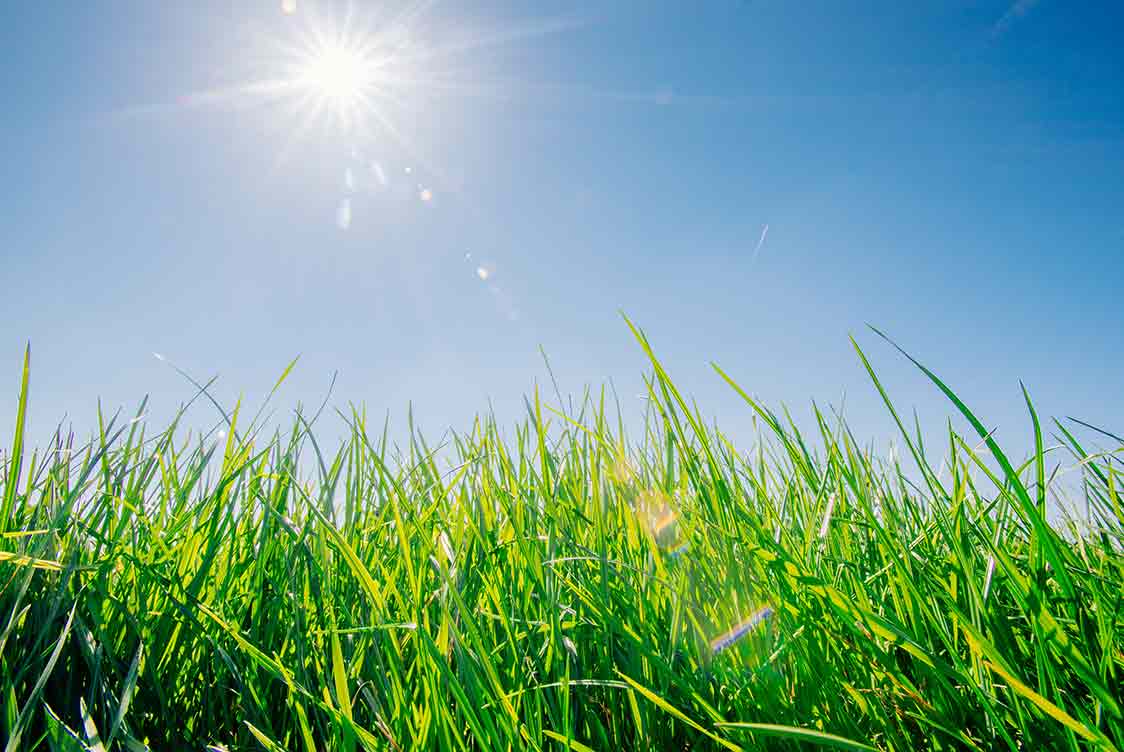
Heat stress is unavoidable during Kansas City summers, but there are ways to help your lawn tough it out. Grass will naturally slow down during extreme temperatures, so your job is to reduce additional stress and support long-term recovery. Sometimes the best thing you can do for your lawn during extreme weather is simply to hold off and let nature take its course.
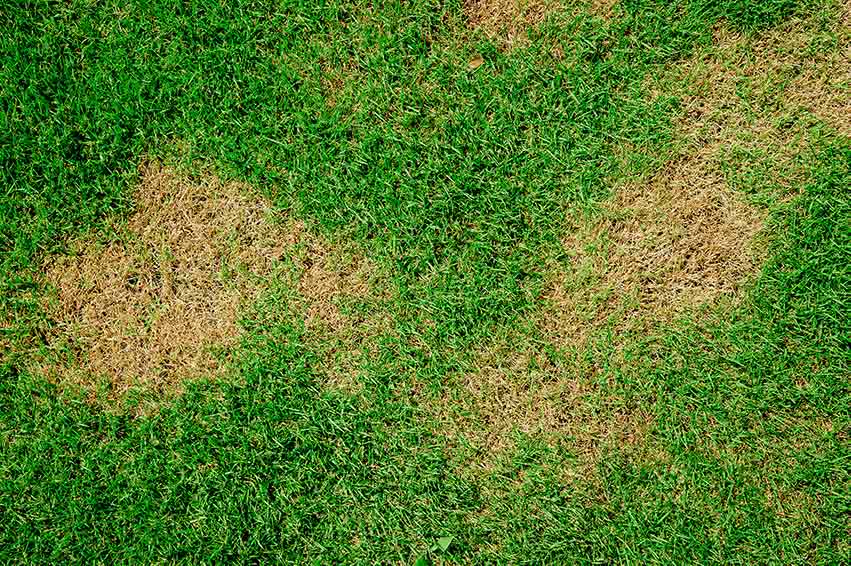
Kansas City’s blend of heat and humidity can create the ideal conditions for fungal lawn diseases to spread. Recognizing the signs early allows you to take quick action before the problem gets out of hand. Preventing lawn diseases starts with healthy mowing and watering habits, so avoid overwatering, make sure your blades are sharp, and don’t let thatch build up too thick.
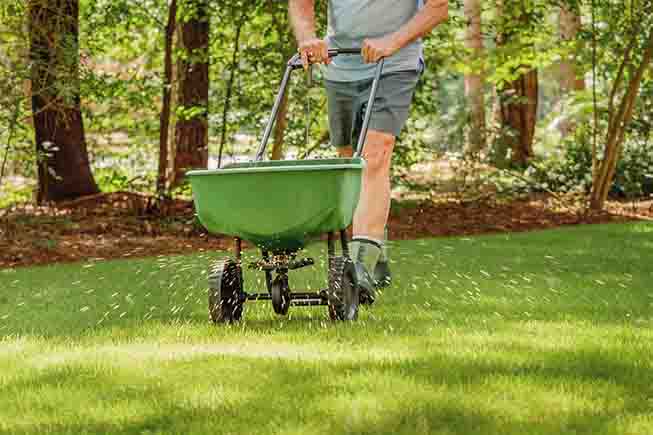
Summer is not the ideal time for overseeding cool-season grass in Kansas City, but you can still repair warm-season turf or patch problem areas with the right materials and timing. If you’re working with a cool-season lawn and notice bare spots, wait until late summer or early fall for full overseeding. That’s when the weather works in your favor.
Keeping your lawn healthy all summer in Kansas City takes effort, timing, and a little know-how. From shifting mowing strategies to managing water and watching for disease, there are a lot of moving parts, and sometimes it helps to have a local expert in your corner.
If you’re tired of battling brown spots, weeds, or unresponsive turf, reach out to Heartland Turf & Landscape this season to keep your turf in tip-top shape!